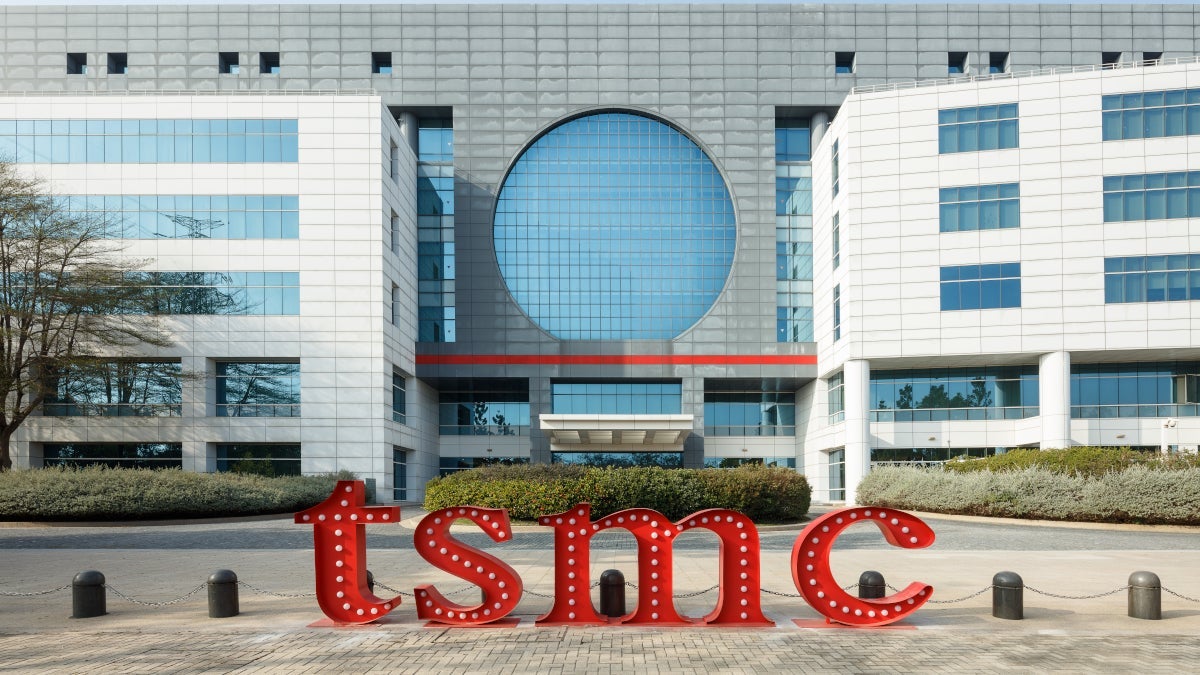Breaking News: TSMC Exclusive! Snapdragon 8 Gen 4 SoC Confirmed

Qualcomm Was Considering Dual-Sourcing Its Snapdragon 8 Gen 4 Chipset, But Now It’s Decided to Stick with Just TSMC
San Diego-based Qualcomm had been considering using both TSMC and Samsung Foundry to dual-source the Snapdragon 8 Gen 4 SoC for next year. However, after a strong showing from Samsung Foundry and its more advanced 3nm GAA process node, the company has decided to stick with TSMC as the sole manufacturer of its next flagship AP, the Snapdragon 8 Gen 4.
The decision comes after Samsung Foundry significantly improved its performance, leading to speculations that it would be producing all Snapdragon 8 Gen 4 application processors (AP) using its advanced process node. TSMC, on the other hand, won’t be switching to GAA transistors until it starts producing chips at 2nm.
This news contradicts previous reports that Qualcomm was considering dual-sourcing the Snapdragon 8 Gen 4 SoC. However, for those who are fans of dual-sourcing, Qualcomm hasn’t given up on the idea entirely. According to reports, dual-sourcing has merely been pushed back to 2025 for the production of the Snapdragon 8 Gen 5 AP.
The Snapdragon 8 Gen 4 chipset will be the first to feature Qualcomm’s custom Oryon cores, and consumers are eager to see how the AP performs, regardless of which foundry the component comes from. Furthermore, this isn’t the first time a major smartphone chipset has been dual-sourced; in 2015, Apple dual-sourced the A9 SoC from both TSMC and Samsung for the iPhone 6s and iPhone 6s Plus, with Samsung Foundry using its 14 nm FinFET LPE process and TSMC using its 16 nm FinFET process.
The decision to stick with TSMC for the Snapdragon 8 Gen 4 SoC reflects the company’s confidence in TSMC’s manufacturing capabilities and its 3nm process node. As Qualcomm continues to innovate and push the boundaries of chip technology, it will be interesting to see how the Snapdragon 8 Gen 4 SoC performs and how the company’s decision will impact the future of chip manufacturing.
